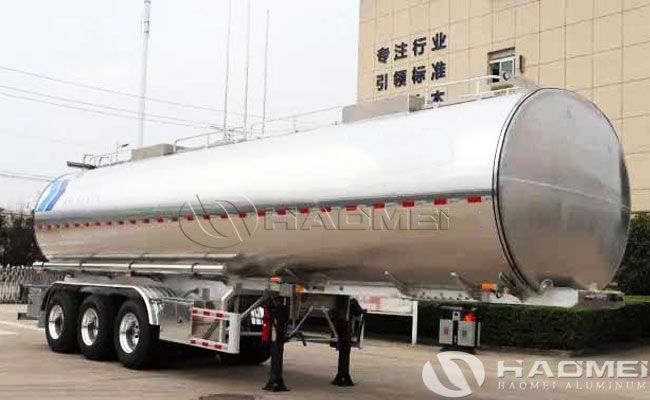The liquefaction temperature of natural gas is -162°C, and the volume of liquefied natural gas (LNG for short) is 1/600 of the gaseous state, which makes the material requirements for LNG storage tanks higher. Generally speaking, the outer tank wall is prestressed reinforced concrete, and the inner tank wall is required to be resistant to low temperature, and materials such as 9Ni steel or aluminum alloy are generally used. Among them, most of the aluminum plate for gas storage tanks used in LNG storage tanks are 5000 series 5083 aluminum plates. The reason why 5083 aluminum plates can "take this responsibility" is mainly because of the following characteristics:

5083 aluminum plate for gas storage tanks belongs to AL-Mg alloy, with low density, high strength, good fatigue performance and welding performance, and good resistance to marine atmospheric corrosion. The tensile strength of 5083 aluminum plate is between 290-345Mpa and the yield strength is between 145-283Mpa. 5083 aluminum plate for tanks is used in occasions that require high corrosion resistance, good weldability and medium strength, such as ships, automobiles, and can also be used for pressure vessels, refrigeration installations, TV towers, drilling equipment, transportation equipment that require strict fire protection, etc.
According to the data of the National Development and Reform Commission, my country's natural gas consumption continues to grow, with an average annual compound growth rate of about 15%. Restricted by the overall domestic natural gas reserves and mining capacity, the future domestic natural gas demand gap will be mainly made up by LNG imports. It can be seen that the demand for LNG storage tanks in the future should not be underestimated. 5083 aluminum plate for gas storage tanks is the raw material for making LNG storage tanks, and the "prospect" can be described as limitless.
Post time: Apr-02-2022
